摘 要
组合机床,是由大量的通用部件和少量专用部件组成的工序集中的高效率机床。其特点有:结构紧凑、工作质量可靠、设计和制造周期短、投资少、经济效果好、生产率高等。
本次设计的题目是铣削组合机床及主轴组件。首先针对所要加工的零件入手,对机床进行总体方案设计,进而确定机床的总体布局,随后,对零件夹具进行设计。在设计夹具时,以零件为线索,在满足刚度、精度等要求下,完成设计。
关键词:组合机床,主轴组件,刚度,主轴,轴承,夹具 夹紧
ABSTRACT
Modular Machine, by the large number of common parts and a small number of specialized components of the process focused efficient machine. Its features include : compact, reliable quality, design and manufacturing cycle shorter, less investment and economic effects, and higher productivity .
The design is the subject of combined milling machine spindle components. First in response to the processing of parts, the paper machine for the overall program design, which will determine the overall layout of the machine. Subsequently, the spindle components of the design. Spindle components in the design, a spindle for clues to meet stiffness and precision requirements, the completion of the other (eg, bearings, Axial adjustment, locking, etc.) all parts of the design.
Keywords: Modular Machine, spindle components, stiffness, spindle, bearings, axial adjustment
目 录
摘要1
ABSTRACT2
前言Ⅰ
第1章 机床总体设计1
1.1 机床总体方案设计的依据1
1.1.1工件1
1.1.2刀具1
1.2工艺分析1
1.2.1工艺方法的确定1
1.2.2 机床总体布局2
1.2.3 机床运动的确定2
1.3机床主要技术参数的确定3
1.3.1确定工件余量3
1.3.2选择切削用量3
1.3.3运动参数3
1.3.3.1主轴最高,最低转速3
1.3.3.2主轴转速的合理排列4
1.3.4 动力参数—主运动驱动电动机功率的确定4
1.3.4.1切削力的计算5
1.3.4.2切削功率的计算5
1.3.4.3估算电动机功率5
1.3.4.4选择主电机5
1.4进给驱动电动机功率的确定5
第2章 主轴组件设计6
2.1主轴的基本要求6
2.1.1旋转精度6
2.1.2刚度6
2.1.3抗振性7
2.1.3.1抵抗受迫振动的能力8
2.1.3.2抵抗切削自激振动的能力8
2.1.4温升和热变形8
2.1.5耐磨性9
2.1.6其他9
2.2主轴组件的布局9
2.2.1适应刚度和承载能力的要求10
2.2.2适应转速要求11
2.2.3适应精度的要求11
2.2.4适应结构的要求11
2.2.5适应经济性要求11
2.3主轴结构的初步拟定12
2.4主轴的材料与热处理13
2.5主轴的技术要求13
2.5.1轴颈13
2.5.2内锥孔14
2.6主轴组件的计算14
2.6.1主轴直径的选择14
2.6.2主轴前后支承轴承的选择15
2.6.2.1主轴前支承轴承的选择15
2.6.2.2主轴后支承轴承的选择16
2.6.3主轴内孔直径16
2.6.4主轴前端悬伸量17
2.6.5主轴支承跨距18
2.7主轴结构图18
2.8主轴组件的验算18
2.8.1主轴端部挠度19
2.8.1.1支承的简化19
2.8.1.2主轴的挠度20
2.8.1.3主轴倾角20
2.9主轴组件的润滑和密封21
2.9.1主轴轴承的润滑21
2.9.2主轴组件的密封21
2.9.2.1主轴组件密封装置的功用22
2.9.2.2对主轴组件密封装置的要求22
2.9.2.3主轴组件密封装置的类型22
2.9.2.4主轴组件密封装置的选择22
2.10主轴组件中相关部件23
2.10.1轴肩挡圈23
2.10.2挡圈23
2.10.3圆螺母23
2.10.4套筒24
2.10.5前、后支承的轴承盖25
2.10.6主轴用套筒及其锁紧部分26
2.10.7主轴尾部的内花键27
2.11主轴组件轴向调节机构28
2.11.1丝杠螺纹28
2.11.2丝杠轴承的选择28
2.11.3丝杠螺母29
2.11.4丝杠中段螺纹29
2.11.5丝杠上的内隔套29
2.11.6丝杠上调节用锥齿轮30
2.12箱体设计30
第三章 组合机床夹具设计…………………………………………………… 31
2.13.1 组合机床夹具概述………………………………………………………… 32
2.13.2 定位支承系统概述………………………………………………………… 33
2.13.3 定位支承系统……………………………………………………………… 34
2.13.4 夹紧机构……………………………………………………………………35
第四章 结论35
参考文献37
致谢38
前 言
机械制造业在国民经济中占有重要的地位,是国民经济各部门赖以发展的基础,是国民经济的重要支柱,是生产力的重要组成部分。机械制造业不仅为工业、农业、交通运输业、科研和国防等部门提供各种生产设备、仪器仪表和工具,而且为制造业包括机械制造业本身提供机械制造装备。机械制造业的生产能力和制造水平标志着一个国家或地区的科学技术水平、经济实力。
机械制造业的生产能力和制造水平,主要取决于机械制造装备的先进程度。机械制造装备的核心是金属切削机床,精密零件的加工,主要依赖切削加工来达到所需要的精度。金属切削机床所担负的工作量约占机器制造总工作量的40%~60%,金属切削机床的技术水平直接影响到机械制造业的产品质量和劳动生产率。换言之,一个国家的机床工业水平在很大程度上代表着这个国家的工业生产能力和科学技术水平。显然,金属切削机床在国民经济现代化建设中起着不可替代的作用。
纵观几十年来的历史,机械制造业从早期降低成本的竞争,经过20世纪70年代、80年代发展到20世纪90年代乃至21世纪初的新的产品的竞争。目前,我国已加入世界贸易组织,经济全球化时代已经到来,我国机械制造业面临严峻的挑战,也面临着新的形势:知识——技术——产品的更新周期越来越短,产品的批量越来越小,产品的性能和质量的要求越来越高,环境保护意识和绿色制造的呼声越来越强,因而以敏捷制造为代表的先进制造技术将是制造业快速响应市场需要、不断推出新产品、赢得竞争、求得生存和发展的主要手段。
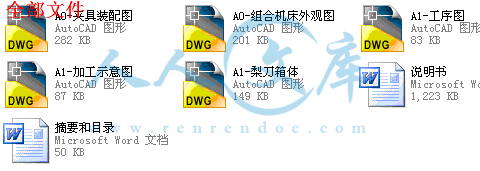
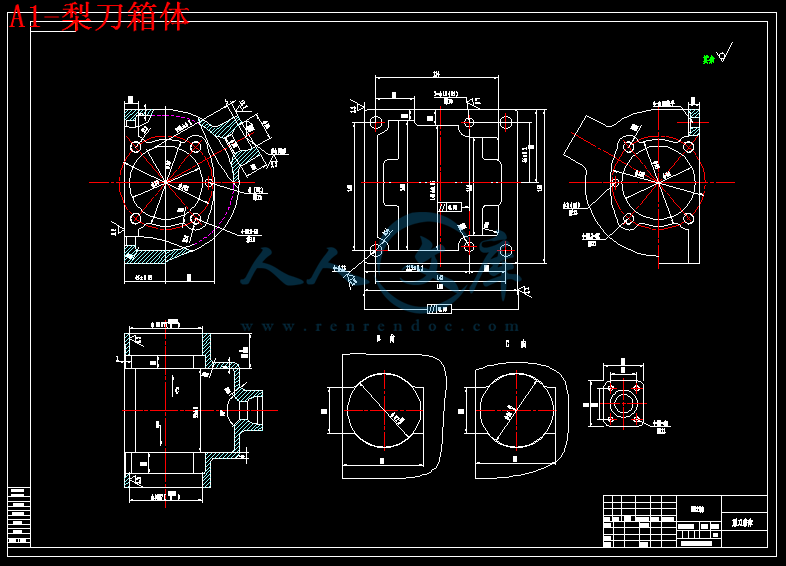
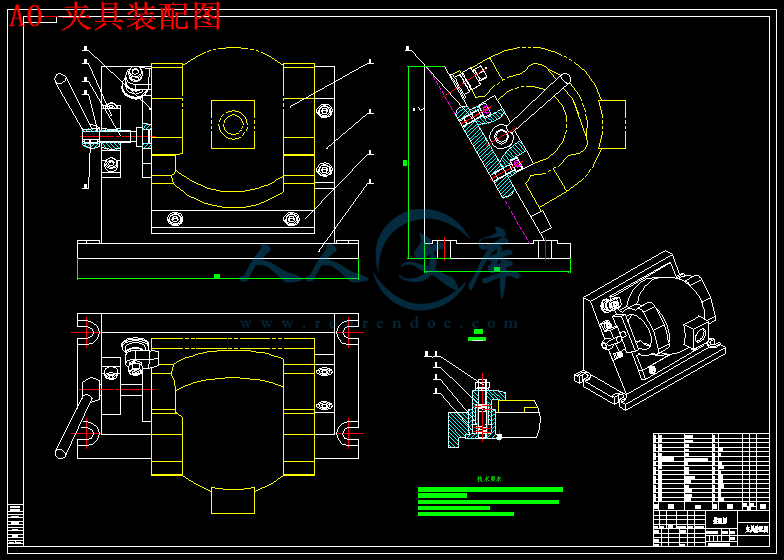
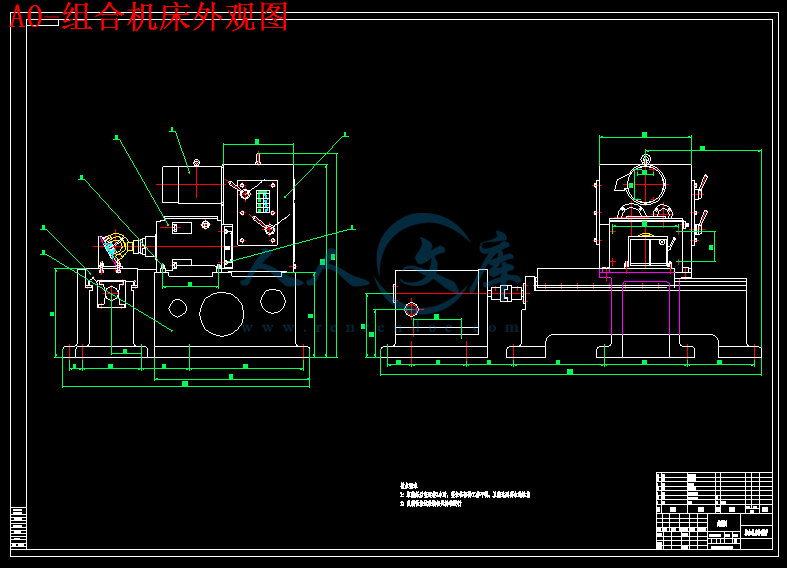

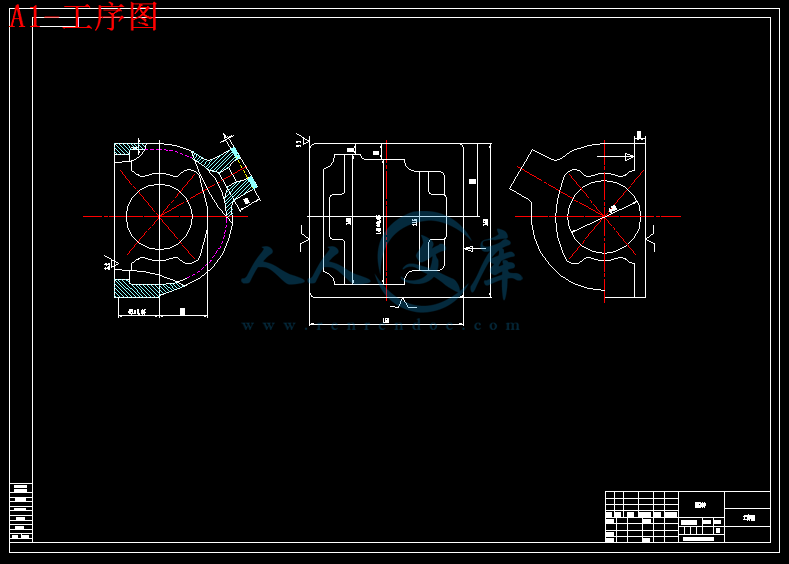
 川公网安备: 51019002004831号
川公网安备: 51019002004831号